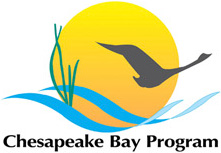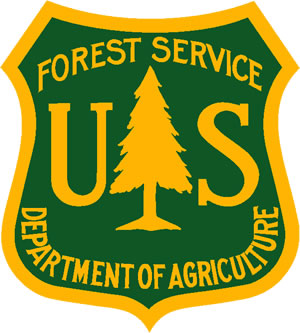First Chesapeake Bay Agreement Signed
The original Chesapeake Bay Agreement was signed on December 9, 1983.
Pennsylvania and Virginia CREP Agreements
In 2000, Pennsylvania and Virginia get their first CREP agreements which emphasizes the practice of riparian forest buffers on marginal farm land.
West Virginia CREP Agreement
West Virginia gets its first CREP agreement on April 1, 2002, which emphasizes the practice of riparian forest buffers on marginal farm land.
Directive 3-1: Expanding RFB Goals
In 2003, the Chesapeake Executive Council developed Directive 03-1 which called upon the Chesapeake Bay Program to adopt an expanded set of goals to conserve and restore forests along 70% of streams, assess urban forests, and create a urban tree canopy goals.
State of Chesapeake Forest
The State of Chesapeake Forests report is published on September 1, 2006.
Directive 6-1: Protecting Chesapeake Forests
In 2006, the Chesapeake Executive Council developed Directive 06-1 which called upon the Chesapeake Bay Program to commit to developing a collective goal to be adopt in 2007 for conserving forestland in the watershed where conservation to protect water quality is most needed.
Protecting Forests: Call to Action
In 2007, the council’s response document to Directive 06-1 identified specific actions to conserve and restore forests in the Chesapeake Bay watershed. A press release on these forest conservation goals click here.
Chesapeake Bay TMDL Begins
On December 29, 2010, the U.S. Environmental Protection Agency established the Chesapeake Bay Total Maximum Daily Load (TMDL). Learn more about the TMDL here.
RFB State Leads Identified
Understanding the need for state leadership to improve RFB restoration, the Principal Staff Committee appointed State Leads in 2014: DE: Marcia Fox MD: Anne Hairston-Strang NY: Karen Stainbrook PA: Matt Keefer VA: Greg Evans WV: Herb Peddicord
Chesapeake Shared Stewardship Agreement
The USDA Forest Service and state agencies signed the Chesapeake Shared Stewardship Agreement on October 8, 2020, to establish a framework for working in partnership to implement the actions identified in the Chesapeake Forest Restoration Strategy.
Chesapeake RFB Leadership Workshop
The Forestry Workgroup organized a leadership workshop in spring 2022 to help refine state-level forest buffer action strategies and develop recommendations for Partnership roles in advancing buffer goals
All TMDL Practices in Place
The Chesapeake Bay TMDL was prompted by insufficient restoration progress and continued poor water quality in the Bay and its rivers. Watershed Implementation Plans (WIPs) detail how and when the six Bay states and the District of Columbia will meet their pollution allocations by 2025.


